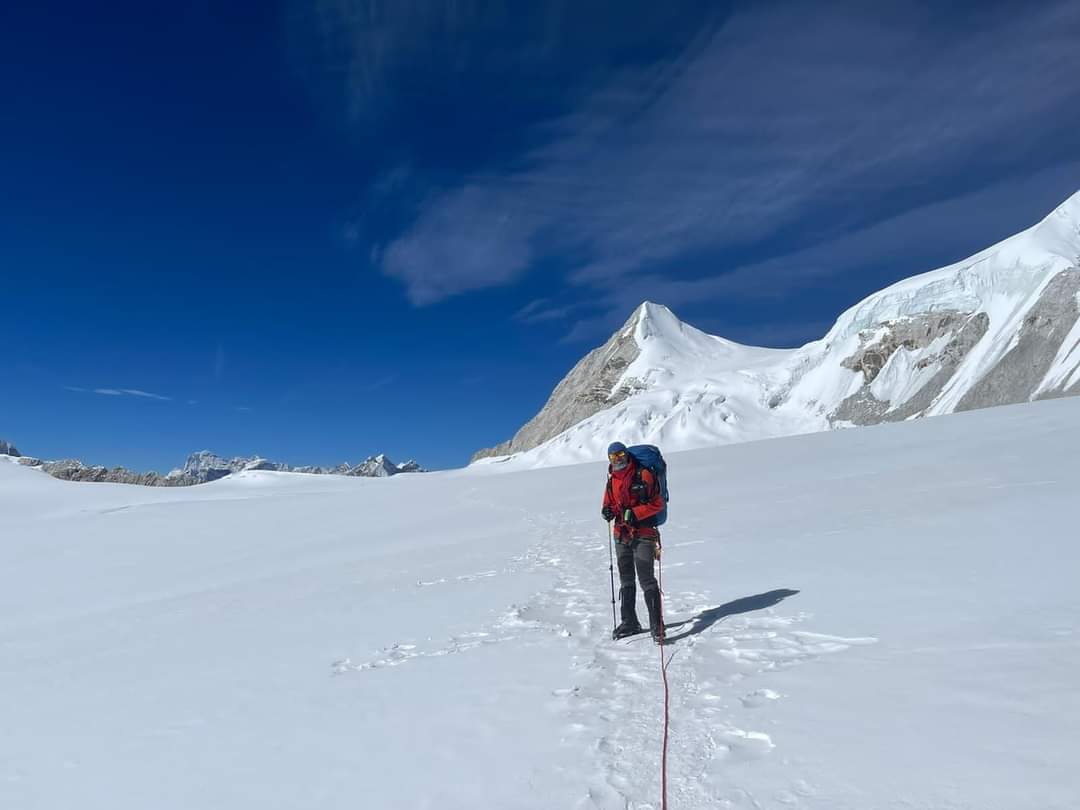Sherpani Col Pass Trek is one of the most challenging treks in Nepal which lies in Makalu Barun National Park in eastern Nepal covering two districts, Sankhuwasabha and Solukhumbu districts.
Sherpani Col Pass trek provides the trekking experience in the remote Himalayan region as well as some mountaineering experience while doing the high passes like Sherpani Col (6155m), West Col (6135m), and Amphu Laptsa La pass (5845m) during the trek.
The trek can be divided into three stages to simplify in which the first leg of the trek goes through relatively lower altitudes until the base camp of Mount Makalu (4870m). During this stage, you will be passing through several local villages, forests, alpine meadows, and along with the upstream Barun River. However, at this stage, it also involves several uphill and downhill walks.
The second leg of the trek goes beyond Makalu Base Camp and traverses on moraine terrain, ice, and snow, rocks and boulders, glacial lakes, glaciers, and high passes. This is a remote mountain region where you won’t find any human settlements and you will be spending most of the time over 5000 meters.
The third leg of the trek begins after descending the last pass of the trek, the Amphu Laptsa-La pass which gives you access to the famous Everest Trekking Region So, this region is well developed where you can find lodges and hotels stuffed with facilities like hot showers and wifi!
During this stage, the trek follows downstream the Imja River and Dudh Koshi River passing through major Sherpa villages of the Khumbu Region such as Dingboche, Pangboche, and Namche bazaar, and finishing at Lukla Village which has the famous Lukla airport.
How to get to the trailhead of the Sherpani Col Pass Trek?
The best and most popular way to start the trek is from Tumlingtar which can be reached by flight from Kathmandu. Although you can drive to Tumlingtar, it is a long and tiring journey as well as takes an extra day. After Tumlingtar it is another drive to get to Num Bazaar from where the actual trekking journey begins.
Required permits and fees for Sherpani Col Pass Trek.
- TIMS card (trekking information management system) costs 2000 Nepalese rupees per head.
- Makalu Barun National Park permit costs 3000 Nepalese rupees per head.
- Sagarmatha National Park permit which costs 3000 Nepalese rupees per head.
- Pasang Lhamu Municipality entrance fee costs 2000 Nepalese rupees per head.











